The State Herbarium of South Australia published two articles online in its journal Swainsona today, 30 Aug. 2022.

Botanic Gardens Maintenance Worker Roy Haskett, Technical Assistant Ron Hill and Director Noel Lothian, summit of Mt Woodroffe, Musgrave Ranges, S.A. during collecting expedition, June 1958. Photo: BGSH.
(1) L. Haegi, Botany and science at Adelaide’s Botanic Gardens since the founding of the State Herbarium (4.5mb PDF)
This paper is published in Vol. 30 of Swainsona, the Special Issue to celebrate 60 years State Herbarium of South Australia. Hon. Research Associate Laurie Haegi presents a history of science and research at the Botanic Garden of South Australia in the areas of plant propagation, germination studies, plant diseases and plant pathology, identification of ornamental plants and seed banking. A focus of the article is the period from 1948, when Noel Lothian became Director of the Botanic Gardens, to today. The paper was the result of a presentation given during the Symposium celebrating the Herbarium’s birthday, which was part of the 2016 NRM Science Conference.
(2) M. Hislop & A.J.G. WIlson, A taxonomic update of Stenanthera (Ericaceae: Epacridoideae: Styphelieae), including description of a third species from Western Australia, an updated description of S. pungens and an Australia-wide key to species (0.5mb PDF)
The second article is published in Vol. 36 of Swainsona, the regular volume for this year. The authors review the epacrid genus Stenanthera, which occurs in W.A., S.A., N.S.W., Victoria and Tasmania. They publish a new species endemic to W.A., Stenanthera lacsalaria and provide an updated, more detailled description of S. pungens.
To access content of all volumes of Swainsona and the Journal of the Adelaide Botanic Gardens since Vol. 1 (1976), please visit the journal’s web-site at flora.sa.gov.au/swainsona or the Swainsona back-up site.


 The remarkable diversity of eucalypts can make them challenging to identify. In fact only a small group of extremely talented people (I’m not one) can tell you the species name by sight. Some eucalypts are quite distinct and can be identified by looking at the shape of the tree, or the gloss of the leaves. In fact to identify a ‘Euc’ it often takes a combination of bark, buds, leaf shape, number of gum-nuts and a few other characters to be confident you have the correct species.
The remarkable diversity of eucalypts can make them challenging to identify. In fact only a small group of extremely talented people (I’m not one) can tell you the species name by sight. Some eucalypts are quite distinct and can be identified by looking at the shape of the tree, or the gloss of the leaves. In fact to identify a ‘Euc’ it often takes a combination of bark, buds, leaf shape, number of gum-nuts and a few other characters to be confident you have the correct species.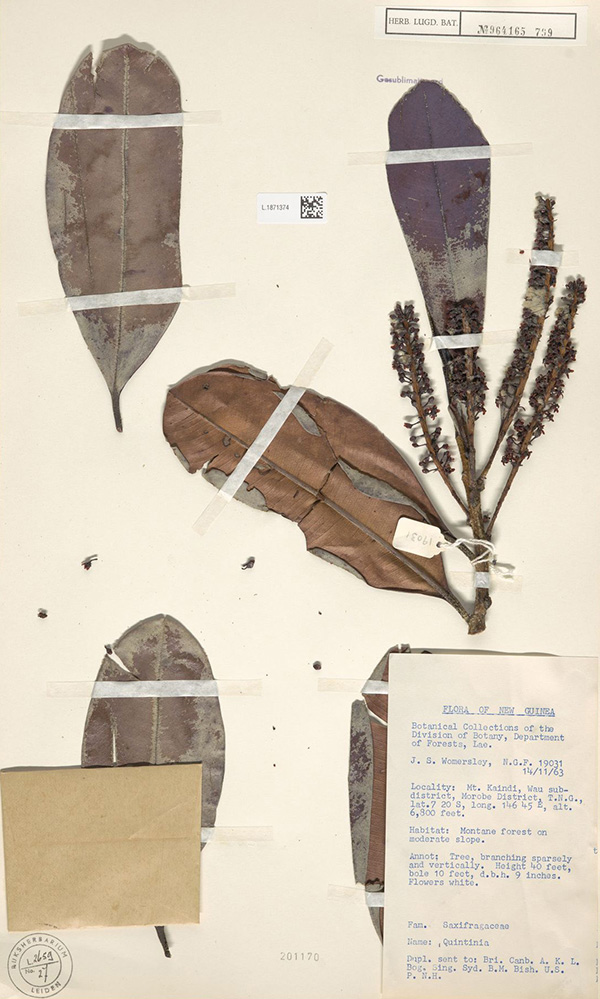
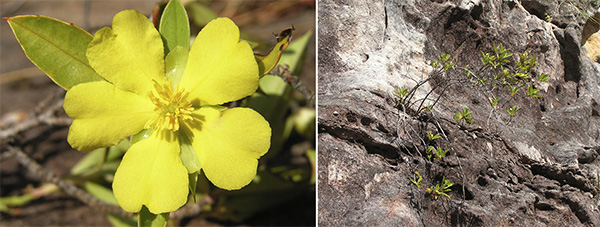
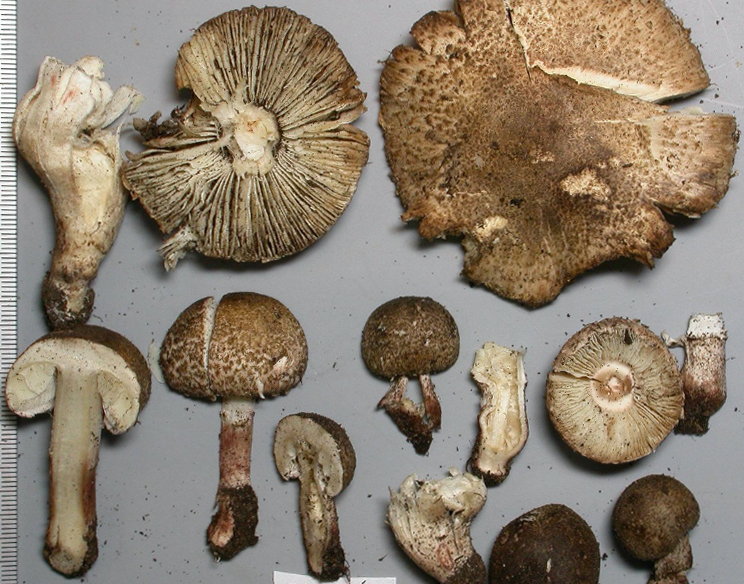
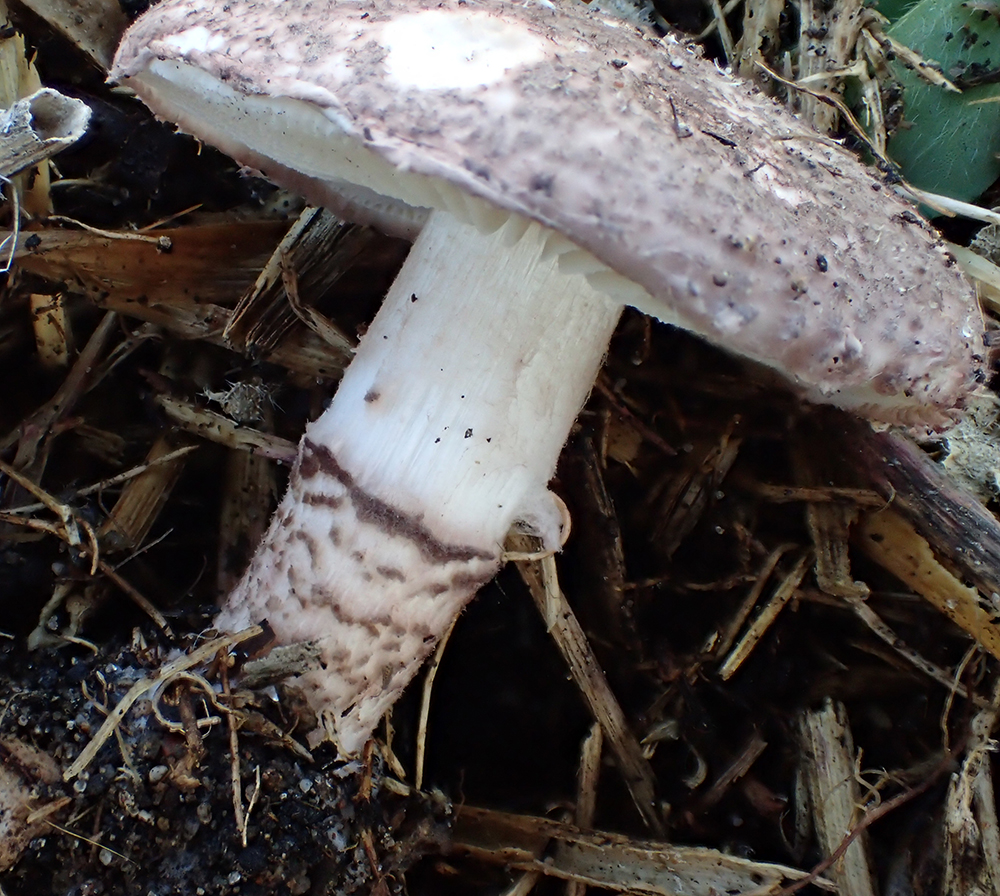


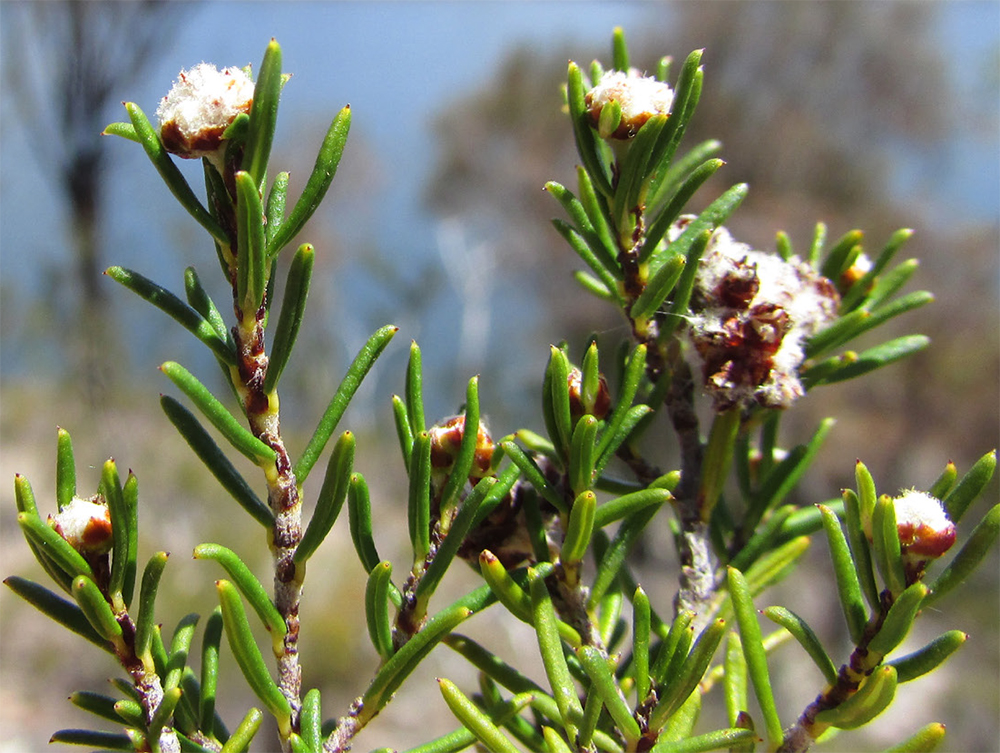

You must be logged in to post a comment.